Scientific Training III
Statistical Shape Modelling and Simulation of Deformable Models for Biomechanics
PhD course on continuum based modeling and solving using finite element method with example tools such as FEniCS & SOFA. Also statistical shape models are covered to describe variance in for geometry of a population.
Course content
Simulation is a valuable tool when working with biomechanical modeling of humans as it allows for analysis or prediction for either scenarios that would be too invasive or high risk to conduct on real human experiments or to fill in the gaps where only sparse knowledge or data is accessible. On the other hand data-driven approaches and statistical analysis of larger populations have similar shown to be extremely powerful in understanding the nature of how things work or more precisely how the sensitivity of different factors influence each other. The two approaches: simulation and statistical analysis are not necessarily disjoint given one is model driven and the other data-driven. In this course we peel of the first layer in combining these two approaches in the context of biomechanical modeling of humans.
In this course we will focus on how to bridge the gap between data and simulation of deformable models. The courses addresses fundamental background and terminology in simulation of deformable models with multiple practical examples. Participants will learn to use state of the art simulation tools such as FEniCs, Sofa and possible other tools as well. Having formed a strong basis for continuum mechanics and simulations the course tries to connect simulation as a tool to statistical analysis. How can we use data for analysis and how can simulation results be processed by analysis to conclude hypotheses on larger populations.
The course aims at combining basic knowledge and skills in two different disciplines into one common frame. The intended audience is PhDs in computer science who does not necessarily have a strong background in both these fields.
ECTS credits
3 ECTS points.
Learning objectives:
i) Describe shapes, shape spaces, and shape variability in the context of template shapes deformed by the action of deformations of the shape domain.
ii) Perform statistical analysis and computations on simple shape spaces.
iii) Apply statistical analysis to large scale simulation studies
iv) Account for common challenges in biomechanical modeling, describe how to cope without a gold standard, validation and verification.
v) Derive basic definitions of stress and strain tensors and apply these to compute stress/strain measures given known displacement fields
vi) Describe what plasticity, viscosity, yield point, yield strength, tensile limit etc and identify these concepts correctly if given for instance a stress-strain curve
vii) Explain the governing equations of motion for hyper elastic material simulation and run simulations using different constitutive equations in for instance FEniCS or FEBio
viii) Present visualizations of simulation results such as von Misses or Tresca stress or similar and reason about the meaning of high and low values (yield values)
ix) Describe how to use multi-model simulation with contact in SOFA
x) Setup and run a simple SOFA simulation with deformable and rigid bodies in contact.
Systems and software prerequisites
To participate in the course, participants need to bring own laptops with Google Chrome installed.
Syllabus and course material
Syllabus will be forwarded to all participants after the registration deadline. Course material is available in Internal Forum > courses > material-t3 (section accessed only by project members)
Preliminary program
Final program and detailed speaker presentation to be announced.
| Time | Monday 1 Jul. |
Tuesday 2 Jul. |
Wednesday 3 Jul. |
Thursday 4 Jul. |
Friday 5 Jul. |
| 9:00 |
Stefan Horst Sommer Lecture: Shape analysis and actions of the diffeo-morphism group |
Lars Beex, Jack Hale: Tensor Algebra + Continuum mechanics + FEniCS + ParaView Theory session 1: Quick overview of basic definitions |
Lars Beex, Jack Hale: Tensor Algebra + Continuum mechanics + FEniCS + ParaView 45 min. |
Hugo Talbot: SOFA, an open-source solution for collaborations, prototyping and innovation in simulation. An overview of SOFA and its community |
John Rasmussen: How is modelling done right? 45 min. |
| 9.45 - 10.00 Break |
9.45 - 10.00 Break |
9.45 - 10.00 Break |
10.00 - 10.15 Break |
9.45 - 10.00 Break |
|
| 10:00 | Stefan Horst Sommer Exercise: Landmark analysis in Theano Geometry 45 min. |
Exercise session 1: Computing stress and strain measures by hand on paper. |
Tensor Algebra + Continuum mechanics + FEniCS + ParaView. Continued 45 min. |
Hugo Talbot: SOFA. |
John Rasmussen: Modelling done right and Validation 45 min. |
| 10.45 - 11.00 Break |
10.45 - 11.00 Break |
10.45 - 11.00 Break |
10.45 - 11.00 Break |
10.45 - 11.00 Break |
|
| 11:00 | Stefan Horst Sommer Lecture: Linear representations and random orbit model 45 min. |
Theory session 2: Cauchy equation and constitutive relationships |
45 min. | Hugo Talbot: SOFA. A user tutorial (part 1) 45 min. |
Sune Darkner: Population studies, what can you say about your simulation results? 45 min. |
| 12:00 | 11.45-12.30 Lunch |
11.45-12.30 Lunch |
11.45-12.30 'Marta' lunch (traditional Danish lunch) |
11.45-12.30 Lunch |
11.45-12.30 Lunch |
|
Stefan Horst Sommer |
Theory session 3: Quick introduction to FEniCS and FEM |
A guided tour of the area Nyholm, visiting historical buildings and ships |
Hugo Talbot: SOFA. |
45 min. | |
| 13:00 | 13.15-13.30 Break |
13.15-13.30 Break |
13.15-13.30 Break |
13.15-13.30 Break |
|
| 14:00 | Stefan Horst Sommer Lecture: Shape spaces of images, curves and surfaces 45 min. |
Exercise session 2+3: Play with solving Cauchy equation using neohookean model and Saint Vernant Kirchoff model maybe in FEniCS 45 min. |
Tensor Algebra + Continuum mechanics + FEniCS + ParaView. Continued 45 min. |
Hugo Talbot: SOFA. |
45 min. |
| 14:15-14:30 Break |
14:15-14:30 Break |
14:15-14:30 Break |
14:15-14:30 Break |
14:15-14:30 Break |
|
| 15:00 |
Stefan Horst Sommer Exercise: Analysis of continuous shapes |
Theory session 3: Advanced topics (plasticity, viscosity, incompressibility, yield strain etc.) |
Tensor Algebra + Continuum mechanics + FEniCS + ParaView. Continued 45 min. |
Hugo Talbot: SOFA. A short dev tutorial (if we progress fast enough on previous points). 45 min. |
45 min. |
|
15.15 - 15.30 |
15.15 - 15.30 Break |
15.15 - 15.30 Break |
15.15 - 15.30 Break |
||
| 16.00 |
Exercise session 3: Play with post-processing of simulation results (could be paraview or similar). |
Tensor Algebra + Continuum mechanics + FEniCS + ParaView. Continued 45 min. |
Faezeh Moshefeghifar & José Tascon: Population Study of Hip Dislocation using image regisration and FEbio 45 min. |
45 min. | |
| 17:00 | |||||
| 18:00 | Movie reception: watching the Danish movie "Martha" | Galla dinner at Restaurant 56 grader |
Speakers
 Jack S. Hale
Jack S. Hale
Jack S. Hale is a Research Scientist in the Department of Computational Engineering Sciences at the University of Luxembourg. His work focuses on understanding uncertainty in physical systems modelled by partial differential equations. He sits on the steering council of the FEniCS Project, an open source computing platform for solving partial differential equations using the finite element method.
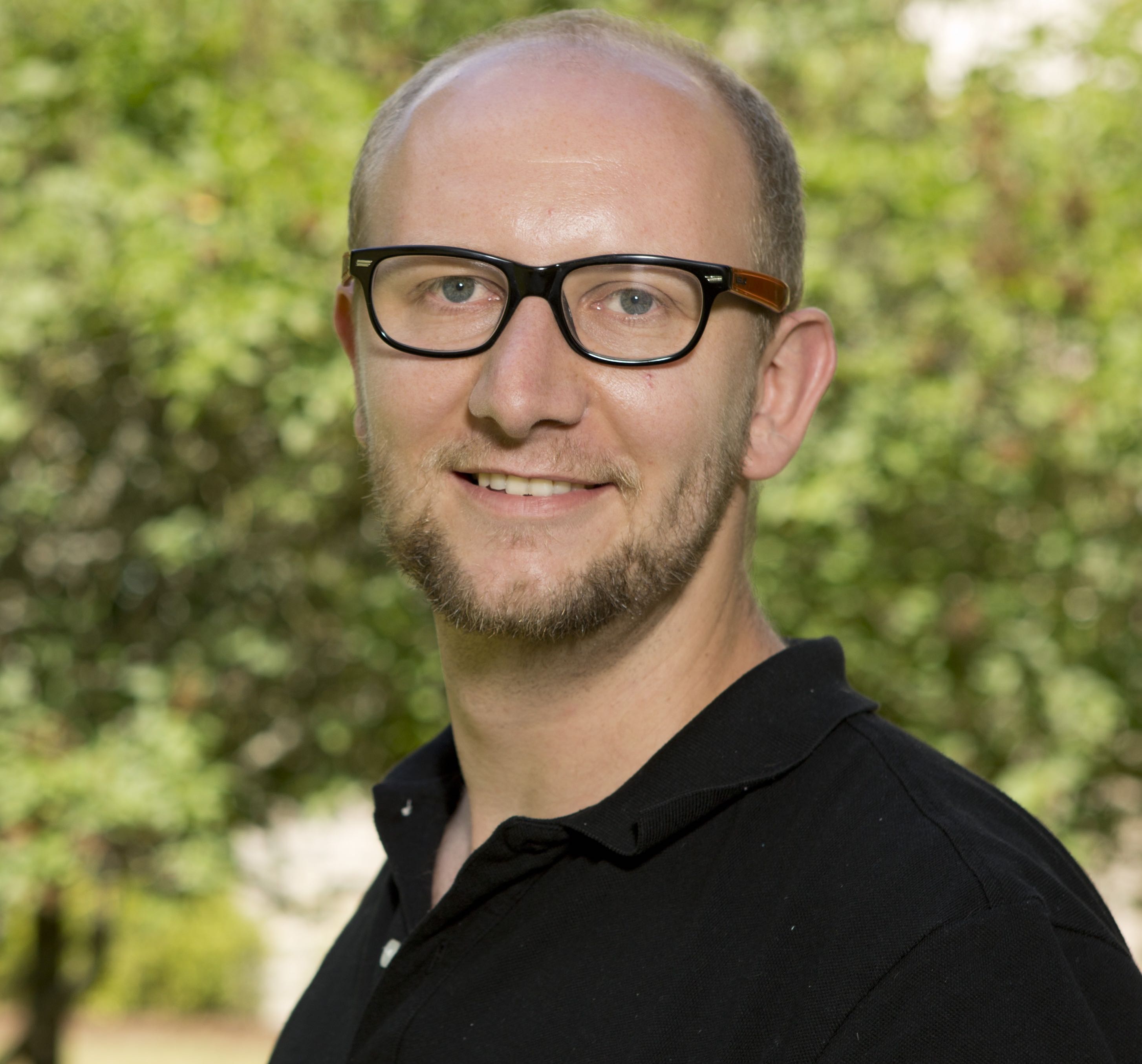 Lars Beex
Lars Beex
lars Beex is a Research Scientist at the University of Luxembourg who has received the Biezeno Solid Mechanics Award 2012 for his PhD thesis. He has co-authored 20+ publications related to the computational modelling of solids, of which 10+ as first author. His work focuses on mechanical phenomena are geometrical nonlinearities, plasticity, damage, contact and stochastic input fields. He aims to incorporate these phenomena in multiscale approaches, such as the quasicontinuum method, and model-order-reduction frameworks in order to increase computational efficiency.
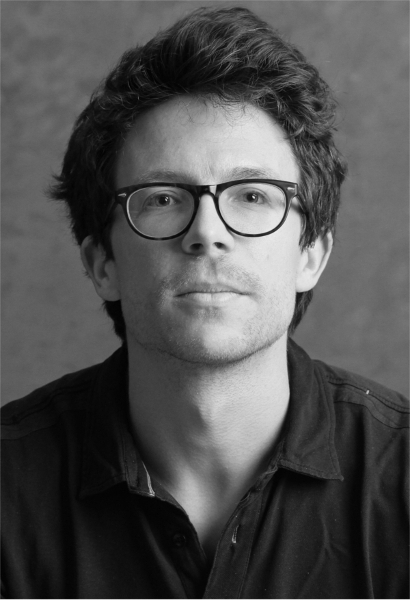 Dr. Hugo Talbot
Dr. Hugo Talbot
Dr. Hugo Talbot originally studied mechanical engineering, and graduated in 2010 from both Karlsruhe Institute of Technology (Germany) and INSA Lyon (France). He defended his PhD in medical simulation at Inria (France) in July 2014. His work focused on the real-time simulation of the electrical activity of the human heart. From 2014 until late 2015, Hugo worked on the simulation of cryoablation and cardiac electrophysiology as research engineer.
Since January 2016, Hugo Talbot is the coordinator of the open-source project SOFA. SOFA is an open-source framework for multi-physics simulation and is being developed for more than 12 years. Today, SOFA benefits from a large international community made up of research centers and companies. The objectives of Hugo are to develop the community, to ensure the technical evolution of the software, to foster research collaborations and technology transfers.
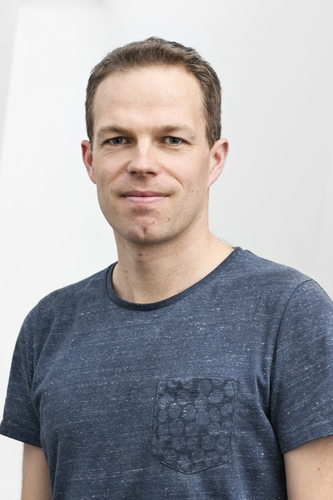 Stefan Sommer
Stefan Sommer
Stefan Sommer received his M.Sc. in mathematics in 2008 and his PhD in computer science in 2012 from the University of Copenhagen. He is currently an associate professor at the Department of Computer Science, University of Copenhagen. His research interests focus on modelling and analysis of data with complex structure, including nonlinear statistics, image analysis, shape modelling, and applied aspects of stochastic analysis in nonlinear geometries.
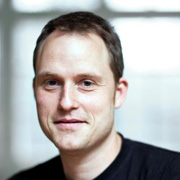 Sune Darkner
Sune Darkner
Sune Darkner is associate professor at KU since 2012. His main research topic is medical image. He work mainly on neuro-imaging data such as MRI and PET and holds expertise on image registration and the statistics on shapes and deformations in relation to simulation of soft tissue. He has published more than 40 journal and conference papers, has co-organized workshops under MICCAI and is co-supervising 1 PhD, 2 others finished primo 2015. He is member of RAINBOW's Supervisor Board and supervisor of ESR 2 and ESR 4.
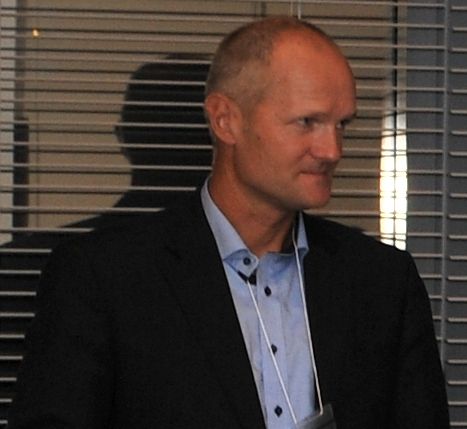 John Rasmussen
John Rasmussen
John Rasmussen is a professor of biomechanics at Aalborg University. His research is centered on biomechanics, biomedical engineering and sports engineering. In the late 1990’ies, he formed the AnyBody Research Project at Aalborg University, which he is still heading. One of the aims of the project is to develop methods for analysing the biomechanics of the human body involving bones, joints, muscles and tendons. This research contributes to the treatment of osteoarthritis, general disability and to optimization of sports performances. In addition to his academic work, John Rasmussen is involved in the private sector as chief executive officer at AnyBody Technology A/S from 2001 to 2008 and subsequently the CTO of the same company.He is member of RAINBOW's Supervisor Board and supervisor of ESR 5.
Course dates and venue
1 - 5 July 2019
Venue:
Copenhagen Navy Association at Nyholm
Takkeladsvej 3
1439 Copenhagen K
Practical information
- public transport
- hotels
- tourist information
Registration
Registration via the PhD School's course catalogue no later than 26 June 2019
